1. “White Rabbit” – Jefferson Airplane
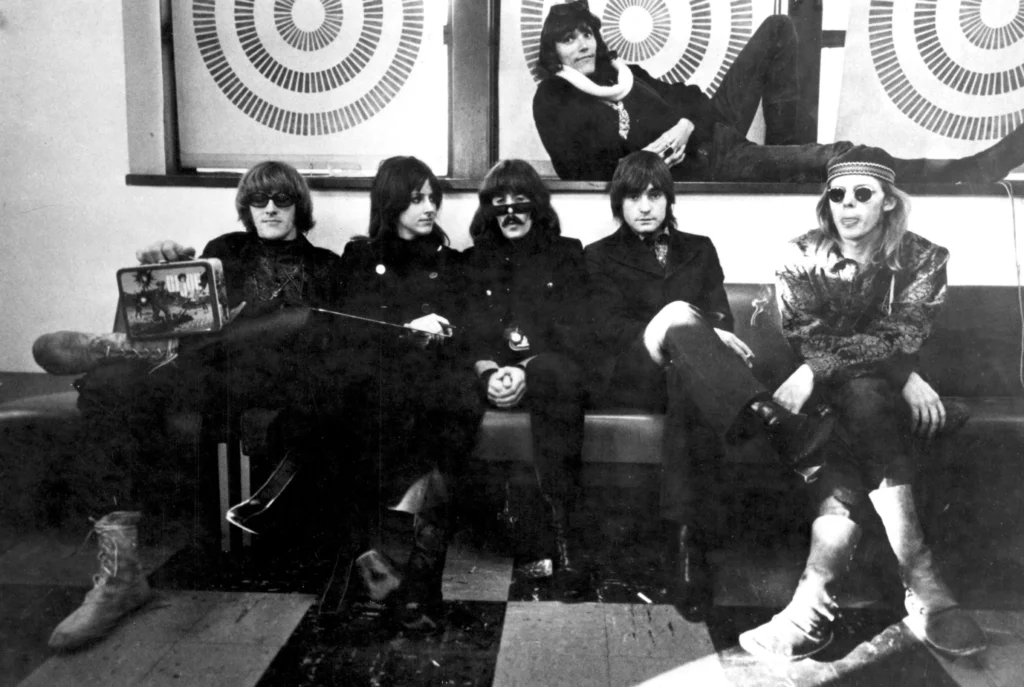
When Jefferson Airplane released “White Rabbit” in 1967, it was unlike anything else on the radio. Grace Slick’s haunting vocals, paired with a driving Spanish march rhythm, turned Lewis Carroll’s Alice into a psychedelic fever dream. The song captured the counterculture’s obsession with pushing boundaries and experimenting with consciousness, both musically and personally. It was bold, controversial, and a perfect anthem for the Summer of Love.
Yet despite its revolutionary sound, “White Rabbit” doesn’t get nearly the attention it once did. Today, younger listeners might know Jefferson Airplane only for “Somebody to Love,” leaving this surreal masterpiece behind. But its daring mix of fantasy, rebellion, and hypnotic rhythm still makes it one of the most important forgotten gems of the ’60s.
2. “Eight Miles High” – The Byrds
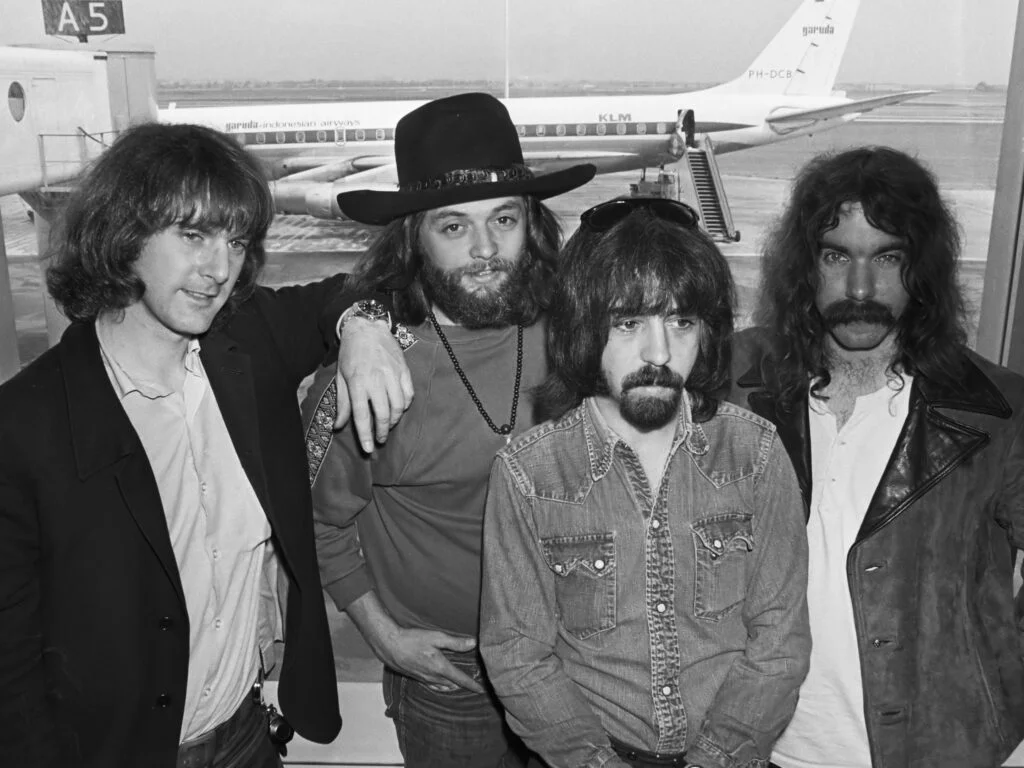
The Byrds’ 1966 hit “Eight Miles High” is often credited as the first real psychedelic rock song. Its swirling guitar riffs, heavily influenced by sitar and free-form jazz, created a soundscape that felt like a trip all on its own. Lyrically, it hinted at the feeling of flying both literally and metaphorically, with many fans connecting it to drug use, which only fueled its mystique.
Unfortunately, the song was banned from many radio stations, cutting its chart success short. While The Byrds remain famous for “Turn! Turn! Turn!” and “Mr. Tambourine Man,” “Eight Miles High” faded from mainstream memory. But for those who revisit it today, it’s clear this track was ahead of its time, laying the groundwork for the psychedelic explosion to come.
3. “Ball and Chain” – Janis Joplin with Big Brother and the Holding Company
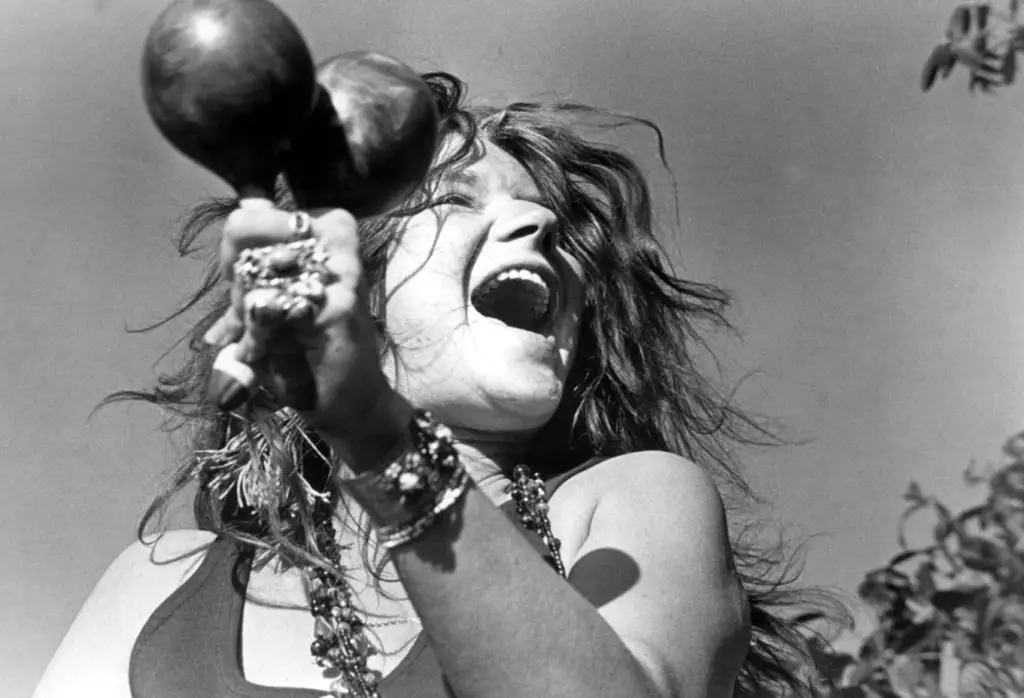
Janis Joplin poured every ounce of her soul into “Ball and Chain,” a powerhouse performance she made famous at the Monterey Pop Festival in 1967. Her raw, guttural vocals stunned audiences and set her apart from anyone else in rock at the time. The song became a showcase of her ability to channel pain and passion into music that felt both dangerous and liberating.
But outside of diehard fans, “Ball and Chain” doesn’t get the attention it deserves compared to her later solo hits like “Piece of My Heart.” That’s a shame, because this track was the one that announced Joplin as a force of nature. It remains one of the most riveting performances of the entire decade, even if history has pushed it into the shadows.
4. “I Had Too Much to Dream (Last Night)” – The Electric Prunes
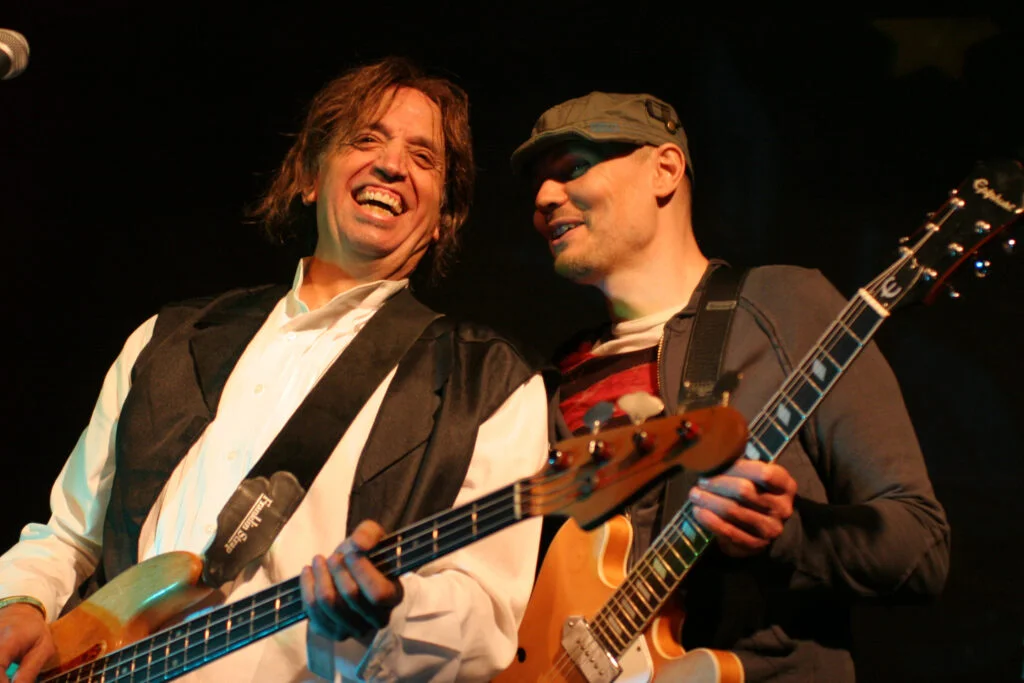
This 1966 song opened with eerie, reversed guitar sounds that instantly set it apart. “I Had Too Much to Dream (Last Night)” perfectly captured the unsettling, trippy vibe that defined the psychedelic era. It was disorienting, surreal, and exactly what young listeners wanted as they drifted away from the clean-cut pop of earlier years.
Though it was a breakthrough hit for The Electric Prunes, the band never quite reached those heights again. The song, while revolutionary at the time, ended up tucked away as more of a cult favorite. Still, its experimental edge makes it one of the forgotten building blocks of psychedelic rock.
5. “You Keep Me Hangin’ On” – Vanilla Fudge
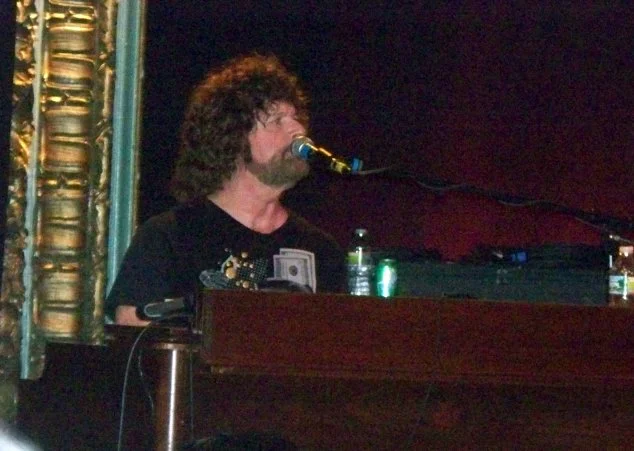
Vanilla Fudge took the Supremes’ Motown classic and turned it into something unrecognizable. Their slowed-down, heavy, organ-driven version of “You Keep Me Hangin’ On” was dramatic, haunting, and almost gothic in tone. It was one of the first times a rock band reimagined a pop hit in such a radical way.
Yet despite how influential this version was, most people today only remember the Supremes’ upbeat original. Vanilla Fudge’s reworking influenced future hard rock and metal bands with its dark, drawn-out style, but its place in history is often overlooked. It’s a fascinating reminder of how the ’60s challenged even the safest of songs.
6. “Section 43” – Country Joe & the Fish
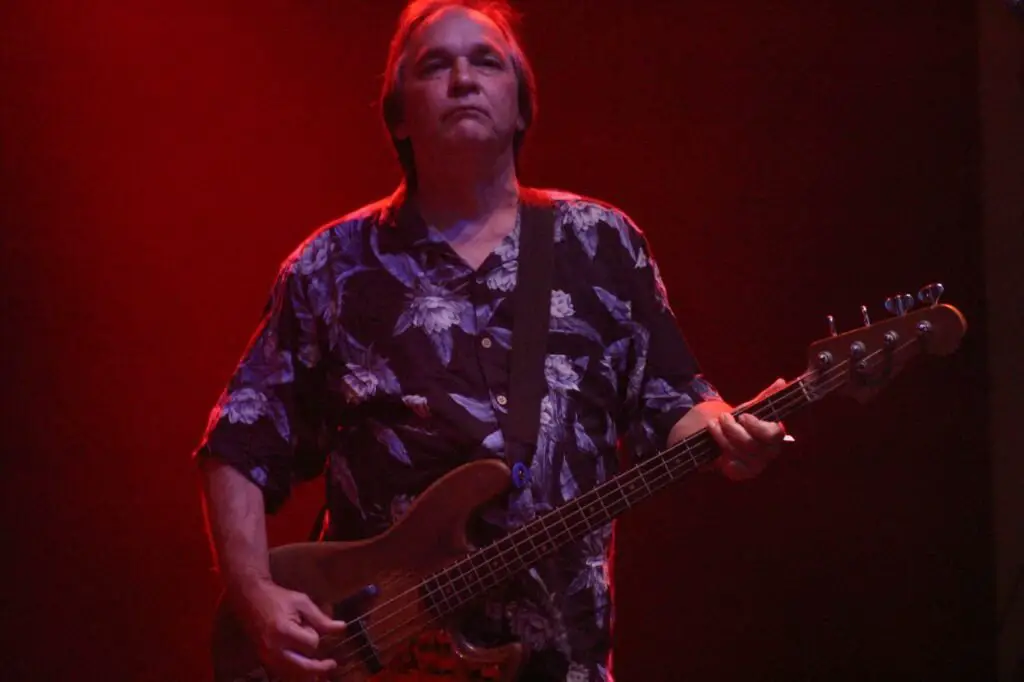
“Section 43” wasn’t your typical rock single—it was a long, instrumental journey filled with shifting moods and improvisation. Released in 1966, it captured the experimental spirit of San Francisco’s underground scene, blending folk, blues, and Eastern influences. Listening to it felt like stepping into a meditation, only punctuated by bursts of chaotic sound.
Because it wasn’t a radio-friendly hit, the song quickly faded from the spotlight. Still, it became a favorite among the counterculture and an early template for the jam-band ethos that would explode later. Though forgotten by most casual listeners, it remains a fascinating artifact of ’60s rock’s willingness to experiment.
7. “In-A-Gadda-Da-Vida” – Iron Butterfly
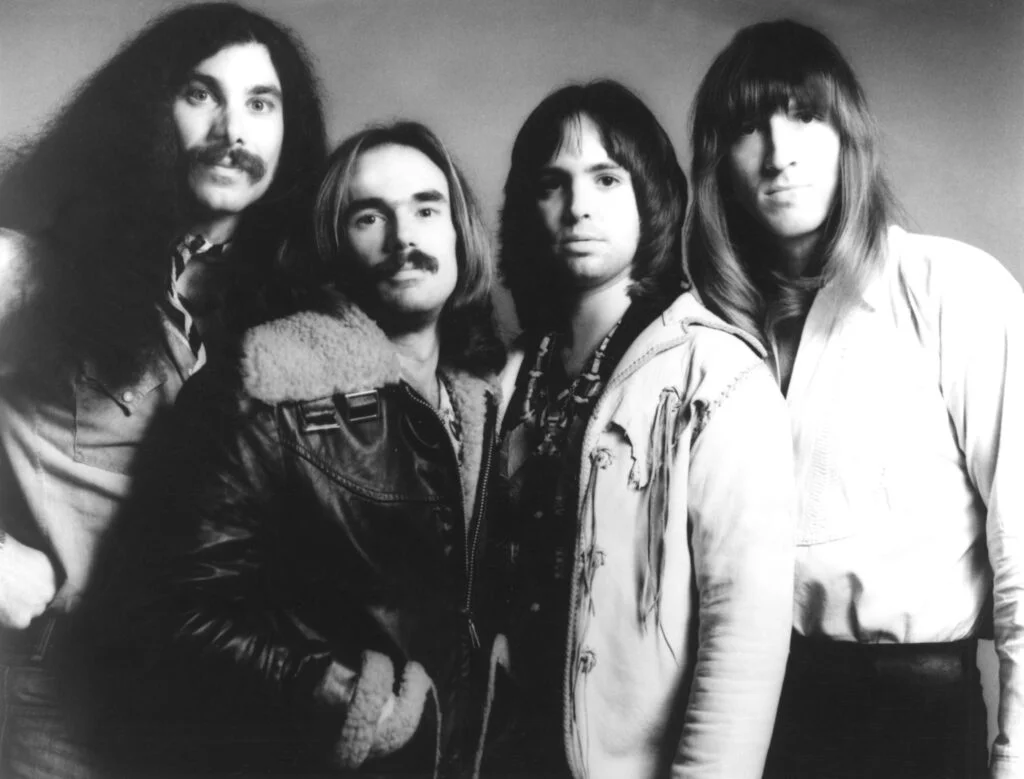
At over 17 minutes long, “In-A-Gadda-Da-Vida” wasn’t made for Top 40 radio, but it changed the way people thought about rock music. Its hypnotic riff, extended drum solo, and trance-like repetition made it one of the first true heavy rock epics. For a while, it was everywhere, even earning a spot on jukeboxes in a cut-down version.
Today, it feels more like a curiosity than a staple. Most people might vaguely remember the name but haven’t actually heard the whole song. That’s a shame, because its influence on hard rock and eventually heavy metal was enormous, even if history has tucked it into the dusty corner of classic rock.
8. “Journey to the Center of the Mind” – The Amboy Dukes
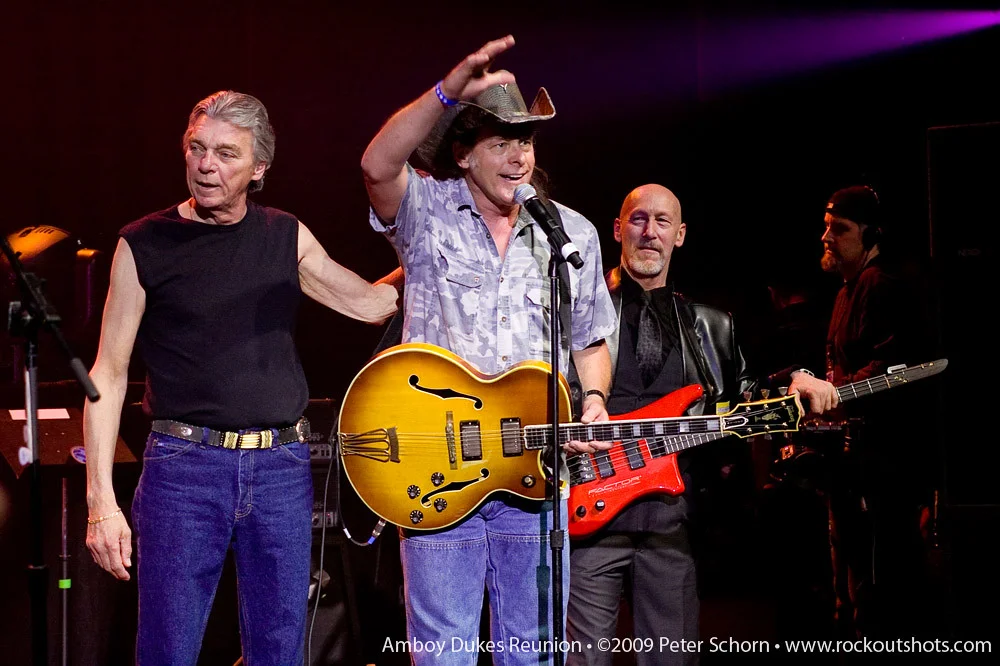
Released in 1968, “Journey to the Center of the Mind” captured the psychedelic fascination with exploring inner consciousness. The Amboy Dukes, led by a young Ted Nugent, combined swirling guitar riffs with lyrics about expanding the mind. It was both catchy and experimental, standing as a true psychedelic anthem of its time.
But as Nugent later distanced himself from the song’s perceived drug themes, its presence in rock history faded. While other psychedelic hits remained part of the cultural fabric, this one slipped away. Still, its mixture of melody and mind-expansion makes it one of the forgotten standouts of the decade.
9. “Pictures of Matchstick Men” – Status Quo
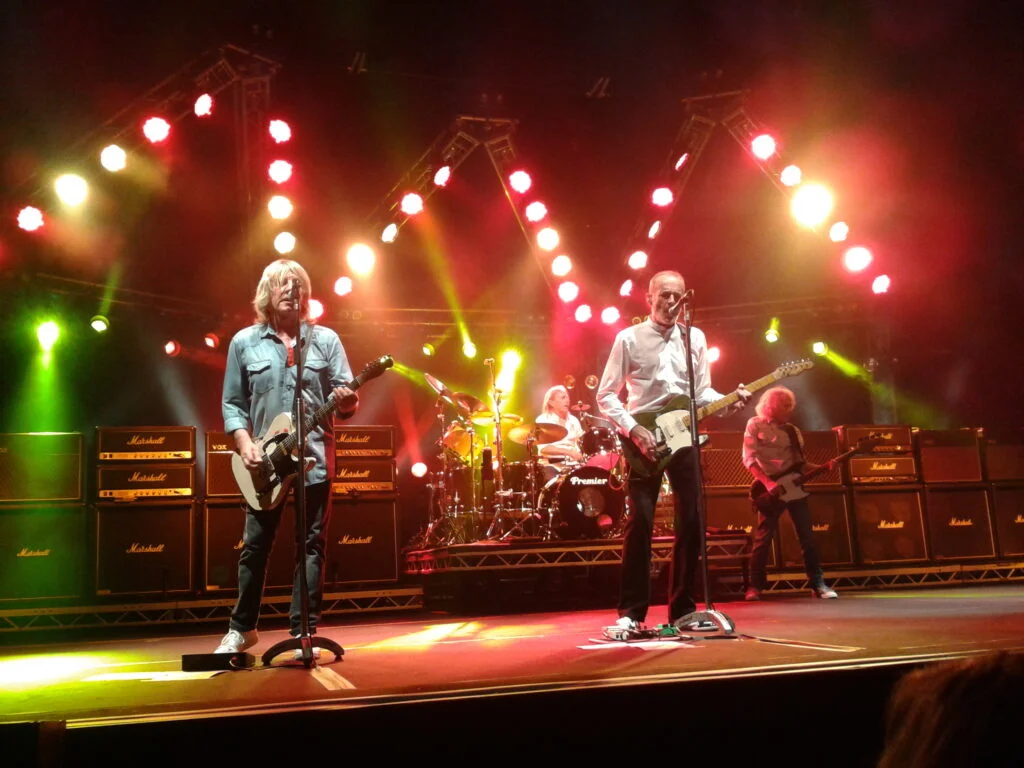
This 1968 single was a rare hit for British band Status Quo in the U.S. Its twangy guitar riff and hypnotic repetition made it a psychedelic classic. The song’s slightly eerie tone and surreal lyrics captured the late-’60s obsession with bending reality.
Despite its success at the time, Status Quo became better known for their boogie rock career in the U.K., and this early psychedelic gem was mostly forgotten. Listening today, it feels like a hidden treasure, one of those songs that instantly transports you back to the haze of the late ’60s.
10. “Fresh Garbage” – Spirit
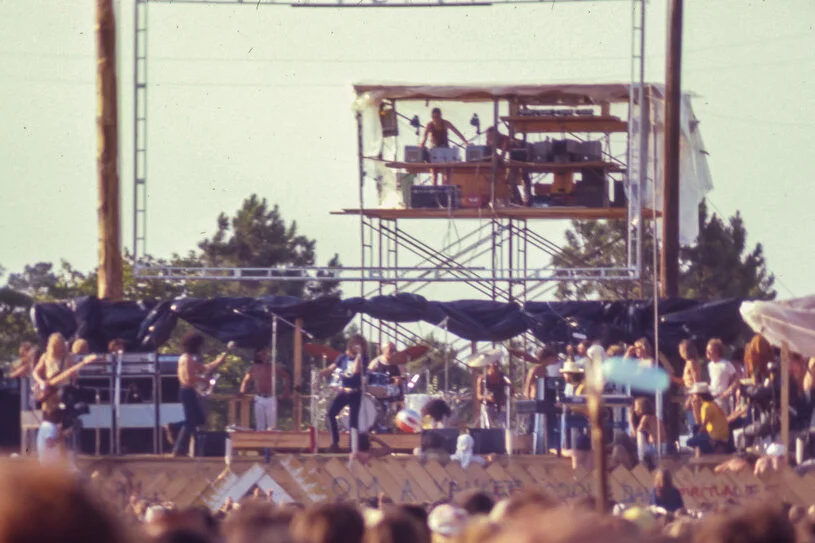
Spirit was one of those bands that never quite broke through to mainstream superstardom, but their 1968 song “Fresh Garbage” was a revelation. With its jazzy drums, eerie organ, and biting commentary on consumer waste, it stood apart from typical rock themes. The song showed that rock could be socially conscious while still sounding adventurous.
Unfortunately, Spirit’s catalog was overshadowed by bigger names of the era. “Fresh Garbage” ended up more of an underground classic than a household staple. But its mix of experimentation and message-driven lyrics makes it an overlooked gem of the ’60s.
11. “Time Has Come Today” – The Chambers Brothers
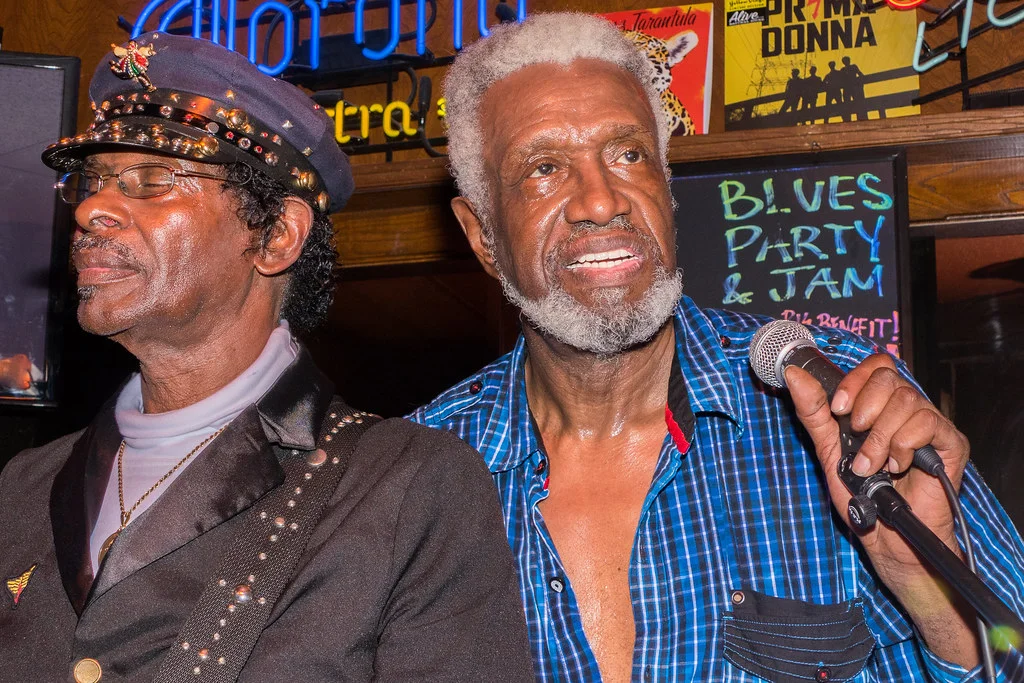
“Time Has Come Today” was a sprawling, almost chaotic piece of psychedelic soul. The Chambers Brothers blended gospel energy with electric experimentation, creating a song that felt urgent and alive. Its shouted refrains and extended instrumental breaks made it both revolutionary and unpredictable.
Despite its influence, the song has largely slipped from mainstream memory. The Chambers Brothers themselves never had another hit quite like it, and the track became more of a hidden gem from the era. Listening now, it still carries an electricity that shows just how daring the late ’60s could be.
12. “Hurdy Gurdy Man” – Donovan
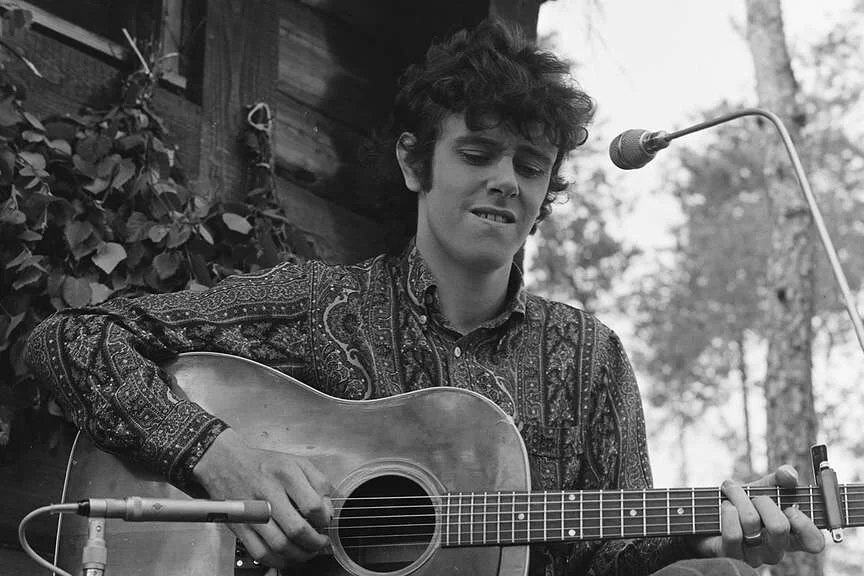
Donovan was often dismissed as the gentle “Sunshine Superman” guy, but “Hurdy Gurdy Man” showed a much darker side. With heavy guitar riffs (rumored to be played by future Led Zeppelin members), it foreshadowed the harder rock to come in the ’70s. The lyrics, mystical and cryptic, gave the song an almost ominous edge.
While Donovan is remembered for his lighter folk-pop hits, “Hurdy Gurdy Man” rarely gets the same recognition. It was bold, ahead of its time, and a surprising detour into heavier territory. Revisiting it today feels like uncovering an entirely different artist.
13. “Dark Star” – Grateful Dead
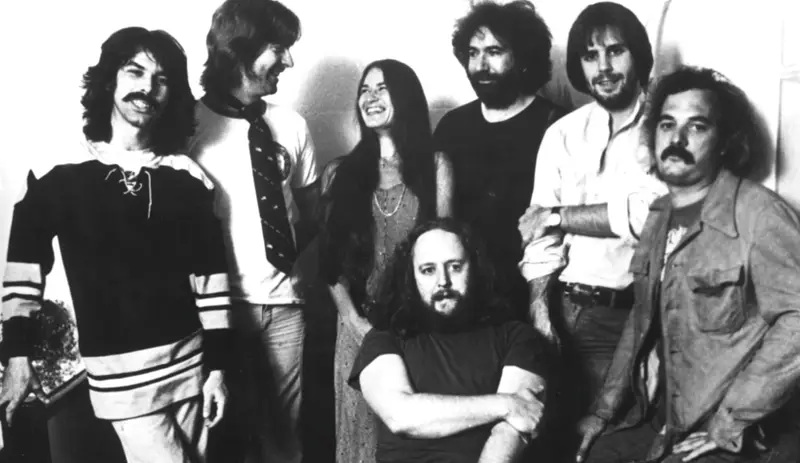
For many Deadheads, “Dark Star” is sacred ground, a song that represented the ultimate live improvisation. Released in 1968, it started as a simple, two-minute single but blossomed into a sprawling live centerpiece that could stretch past 30 minutes. It was less about structure and more about exploring musical space.
Yet outside of the devoted Grateful Dead community, “Dark Star” remains forgotten. It never got mainstream radio play, and its free-form nature makes it inaccessible for casual listeners. But for those who dive in, it stands as one of the most revolutionary pieces of the ’60s—proof that rock could be limitless.


